Summary
Can you gain muscle eating a 100% plant-based, whole-food, vegan, green-light diet, with no protein or muscle-building supplements? How about if you are only doing bodyweight exercises — no weights? How about in just 100 days? How about if you’re traveling for about 30% of those days?
Those are the questions I was pondering while looking at my recently vegan-ized but depressingly muscle-less sack of a body. Last year, I wanted to find out (with blood tests, not pictures) if a whole-food, plant-based, vegan diet was healthy. Results were promising, but I lost considerable muscle mass.
This year, I’m answering a different question. Can veggies build muscles? Without the help of protein shakes and bench presses?
I explore all below.
[Read time: ~10 min (or wayyy less time than I takes the average American to decide what to watch on Netflix…)]
Fresh off last year’s Vegan Experiment, I was feeling pretty, pretty good. My inflammation and cholesterol were way down, my hormones were stable, and and my incidences of social annoyance were way up.(“Thanks for inviting me to your home and spending hours roasting this pork, Mrs. H… but I’m vegan…”).
There was only one tiny issue: I looked like a pip-squeak.
Following the VE, people who hadn’t seen me in a while were reacting in horror: “Justin, are you going to be alright? I feel like your body is going to collapse on itself…” Dramatic, these carnivores.
A side effect of the veeg diet was that I lost about 20 pounds (and I wasn’t really looking to lose weight). And a significant portion was unfortunately muscle.
Now, one factor was likely my hiatus from strength training due to a slew of injuries (neck, shoulder, knee). During my VE, and the six months leading up to it, I didn’t do much beyond walking and hot yoga (I’m so LA). That’s the reason I spent five of those days going through therapy hell at the TB12 center in Foxboro.
But clearly, the diet was a major contributor. Apparently, it takes a lot of bok choy to get to 2,000 calories.
Now, in general, I wasn’t too concerned with this. I’m pretty clear about my goal — overall health— and so most of the muscle-less jokes don’t bother me. I felt like Jerry in an episode of Seinfeld after he orders a healthy meal. Elaine says: “A veggie sandwich and grapefruit?! “What are you turning into?!” Jerry responds: “A healthy person…”
But aside from the joking and concerns for my personal health and weight, there were other readers and friends who had legitimate questions about the possibility of eating a plant-based diet and still retaining muscle. They were in favor of adjectives like, “healthy,” but less interested in “cadaverous.”
A reasonable concern, I thought, and a fun little challenge. Can we be veeg-healthy without being haggard? And so, Project Veggies Muscles was born.
What’s Project Veggie Muscles?
You know those before-and-after campaigns for gaining muscle. The ones that show the weak, pale, unhappy folks in a photo that says “before,” and then, right next to it, a mere12 weeks later, you see the “after”picture with a smiling, ripped, and (most confusing) overly tan, success story?
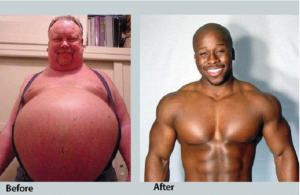
Ya, this is not that. (Not that there is anything wrong with it).
Well, it sort of is, but I am not going to try and wow you with pictures. Anyone who’s ever been on a dating app and then met their match in person knows you can do a lot with lighting and angles…
But it will aspire to a related goal— put on muscle (“lean mass”) over a fixed period of time. The difference is, I am going to do it on a wholly plant-based diet, no protein supplements. But, instead of using pictures, much like the Vegan Experiment, I’ll use empirical measures. In this case, an X-ray technology called a DEXA scan.
And to just get as far from meat-head-ville as possible, I also won’t be using any weights. No bench press, dead-lifts, forearm curls, or calf-raises. Just bands, stretch straps, and body weight, Rocky IV style (minus the mountain sprints). DRAGGGOOOOOOOOO.
Oh, and I also won’t be tan. I apply SPF 50 like a wetsuit.
So that’s the basic gist. But I wasn’t going to do this alone. This was going to need assistance of an expert. I needed a trainer. And hopefully a trainer who could at least empathize with my… situation.
Enter: Krista Stryker, The 12 Minute Athlete.
My Trainer: The 12 Minute Athlete
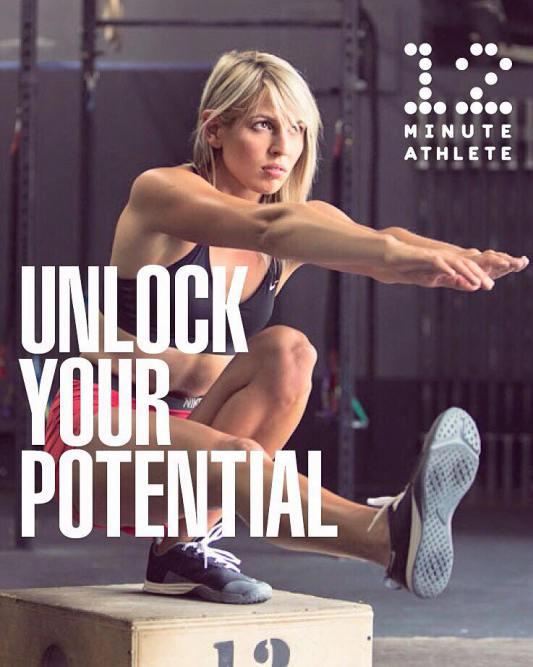
I met Krista Stryker (coolest name ever?) at a blogging conference in Boise, Idaho. No, I’m not kidding.
Krista got into the world of wellness, like many, by way of necessity. Though she played some sports in high school, by college she was sedentary and not feeling great, mentally or physically. That’s when her mom, wisely, gave her some advice: start exercising.
Not surprisingly to thedilettante.org readers, it worked. Almost immediately, her physical and mental state improved until she barely recognized herself. But then came the next problem: overexercise.
I’ve written elsewhere how people like Tom Brady advise against loaded (with weights) and over exercise due to chronic inflammation risk and structural breakdown. (CrossFit is one of Brady’s suspects).
That’s when she found HIIT and bodyweight training, and not only did she get leaner and fitter, but her injuries 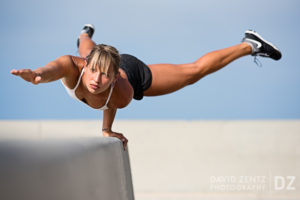 disappeared. She’s now built like a badass gymnast / American Ninja Warrior, and does crazy shit like handstands, handstand splits, and handstand split-push-ups. (Huh?).
disappeared. She’s now built like a badass gymnast / American Ninja Warrior, and does crazy shit like handstands, handstand splits, and handstand split-push-ups. (Huh?).
She started her company, the 12 Minute Athlete, based on her own success. The 12MA is a 12 minute, HIIT-based workout that you can do anywhere— home, on the road, in a gym, whatever. Its success is probably why Mind Body Green named her one of 2015’s 100 Most Influential Women in Wellness. Other names on that list: super model Karley Kloss, actor, Jessica Alba, Arianna Huffington, and, of course, Ricki Lake… (?). 90s talk-show hosts I haven’t seen in 25 years aside, Krista is what I call a Cool Runnings: a badass motha who don’t take no crap from nobody.
Oh, did I mention she’s a vegetarian? Hello, Veggie Muscles.
Literally, the perfect trainer for PVM.
So what did she have planned for me? God, please don’t say it’s handstand split push-ups…
The Exercise Plan
Krista’s plan was advanced in theory, but I think you might be surprised (relieved?) to find out just how simple the individual exercises are in practice.
Her plan: first, establish some baseline strength back in places that matter: places that prevent injury and build a good base for muscle— basically core and joint strength, mobility and balance. As you’ll see from the videos I’ll post next time, my form needed several adjustments.
From there, the workouts were HIIT cycles of fairly basic but difficult bodyweight workouts, occasionally supplemented with resistance bands. Here’s the rundown (reps listed were the starting point):
| Upper Body. Three sets of:
1. Push-ups (15-20) 2. Pull-Ups (6-8) 3. Modified handstand pushups (6-8) 4. Straight bar dips (6-8)
|
Lower Body. Three sets of:
1. One-legged (“pistol”) squats 2. Walking lunges 3. Bridges 4. Bodyweight squats
|
Core: three sets of
1. Hanging Straight leg raises 2. V-ups 3. Twisting bridges 4. Straight leg holds |
I did this, usually most of these together in one work out, 2-3 times per week. That’s it.
I would add in hot yoga 1-2 times per week, but mostly for stretching, relaxation, and access to heat (Dr. Rhoda Patrick has pointed out the benefits of “heat-shock proteins” here). Well, that and you can’t live in Venice Beach without at least saying you do hot yoga.
You also can’t live in Venice without being on some form of diet– here was mine..
The Diet
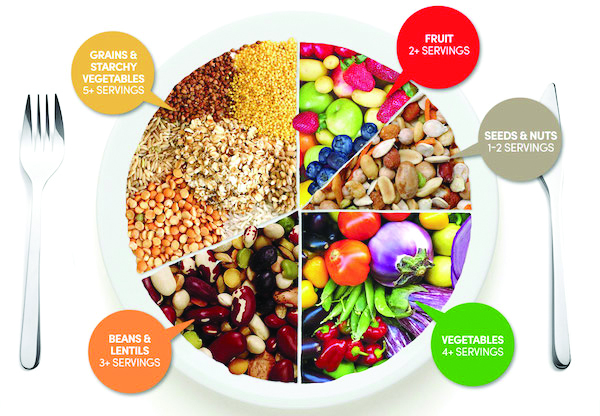
http://swfhealthandwellness.com
The diet consisted of what you see above: greens / veggies, fruits, nuts, seeds, and then heavy on the protein-rich, beans, whole -grains, and non-GMO soy. So basically a Green-Light diet + soy (a yellow-light-er).
But how do we use that to build muscle?
Eating for Veggie Muscles
[Note: the below gets into the numbers a bit– you get see what I ate and skip the calculations by just thumbing down a bit]To build muscle, you’ll want to at least figure out two numbers:
- (1) lean body mass (or “LBM”) —your total body weight, minus your fat.
- This is calculated by finding out your fat %, multiplying it by your total weight (giving you your fat in pounds), and then subtracting that number from your total weight, leaving you with only the lean parts— bone + organs + muscle.
- (2) maintenance calories (“MCs”)— i.e. the amount of calories you need to consume to maintain your weight if you did nothing but lay down in bed all day.
- There’s a bunch of ways to calculate this, with varying degrees of accuracy
- A quick way is multiply your weight in pounds by 10 (female) or 11 (male) but that may be off plus/minus a couple hundred cals.
In the interest of accuracy and consistency, I got both LBM and MCs from the DEXA scan which I’ll show below. Mine were 135lbs of LBM and *1593 cals.
- *1593 is about 200 cals less than the short-hand, weight x 11 method.
How Much Protein Do You Need?
This is not a straightforward answer. There are a lot of factors involved including weight, activity level, and other individualized factors, but we have a general range. While it appears we only require about .8 – 1.0 grams of protein per kilogram of body weight (1 kg = .45 lb) to maintain a healthy lifestyle, to build muscle is a different matter.
A recent review suggests athletes need at least 1.2-2.0 grams of protein per kg of bodyweight to maintain lean body mass (your weight minus all fat). That means to add, I’ll need more than 1.2 g per kg to build.
I started out at 163 lbs (~73 kg), so to engage in high-intensity exercise AND merely maintain the muscles I did have (few), I’d need at least 88 g per day. But to gain muscle, I’d need more — so let’s say at least 100 g per day.
That’s a lotta lentils…
How Many Calories Do You Need?
To gain weight at all— whether fat or muscle— the consensus seems to be, you’ll need to eat more calories than you burn through just living (“maintenance calories”) and how much you burn through exercise and movement. According to The Journal of Strength and Conditioning, doing high-intensity strength training burns about 10-15 calories per minute. My training sessions were anywhere from 30-60 minutes, so lets be conservative and assume 450 cals burned.
So now we’re at 1593 + 450 = 2043.
In addition to exercise, I also bike and walk a lot. I walk at least 4-5 miles per day, according to my iphone, and sometimes add a lot of biking. Apparently, for a 165 pound person, it’s a 50-80 cals per mile walking burn rate. So I probably need to eat at least 2200-2300 cals just to break even on workout days.
From there, according to, for example, celebrity fitness trainer John Romaniello, you need to add between 250 – 300 calories over MC to gain weight of any kind. So now were at around 2500-2600 cals on workout days. Holy avocados.
Here’s how this breaks down by macronutrients: Protein, Fat, Carbs
- Pro-Pro. I was getting about 110 g of protein x 4 calories per gram of protein = 440 calories.
- Carbs and Fat. Needed about 2000 calories of fat and carbs. To get there, I ate about 100 grams of fat per day (x 9 cals per gram of fat) = 900. And needed to get about 250-300 g of carbs to make my total.
On non-workout days it was similar but eat reduced by about 20% or so.
It’s not so hard to achieve the fat totals. One avocado has about 25-30 grams. There’s 1 g per every two peanuts you eat. I can eat about 1000 peanuts with no impact on satiation. And don’t get me started on peanut butter…
Same with the carbs— 40 grams in a cup of quinoa, 40 in cup of cooked black beans, 20 in a cup of berries. You can easily eat 100-150 in a meal.
The challenge was protein. Not because there aren’t good sources in the plant kingdom (there are), but because they are so damn filling that its just physically challenging to eat enough of them. In order to do it (without feeling like Humpty Dumpty after each meal), I had to split it into four meals a day.
Here’s were my go-tos for pro-pro:
- A cup of cooked lentils (or most beans) = 16-18 G protein.
- A cup of soy beans is 29; 4oz of tofu is 9 g.
- I cup of cooked quinoa 5g
- Serving of oatmeal 5g.
- 1 oz of walnuts 4-5g
Often I had these all in the same meal. So I could easily make it to 40g.
Here’s a sample meal from July 17th, 2017, a workout day:
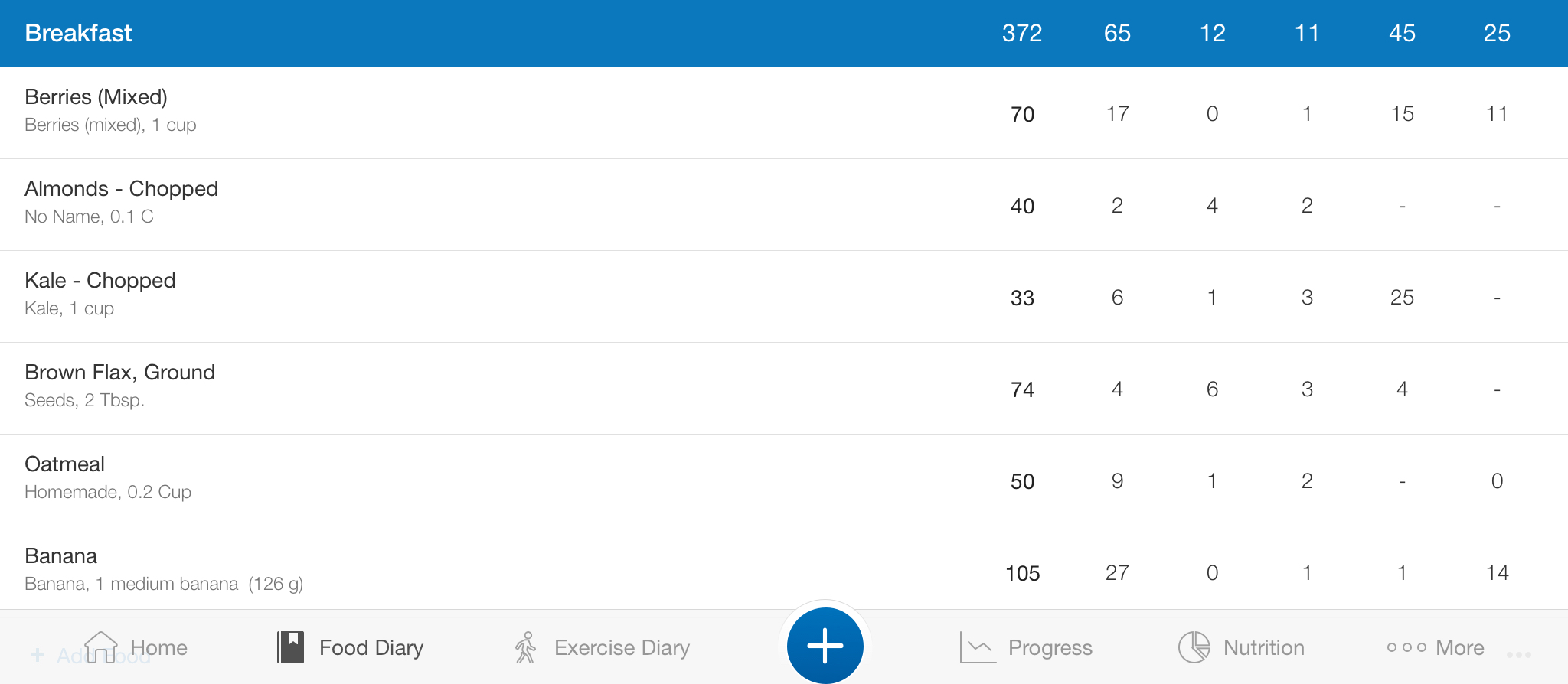
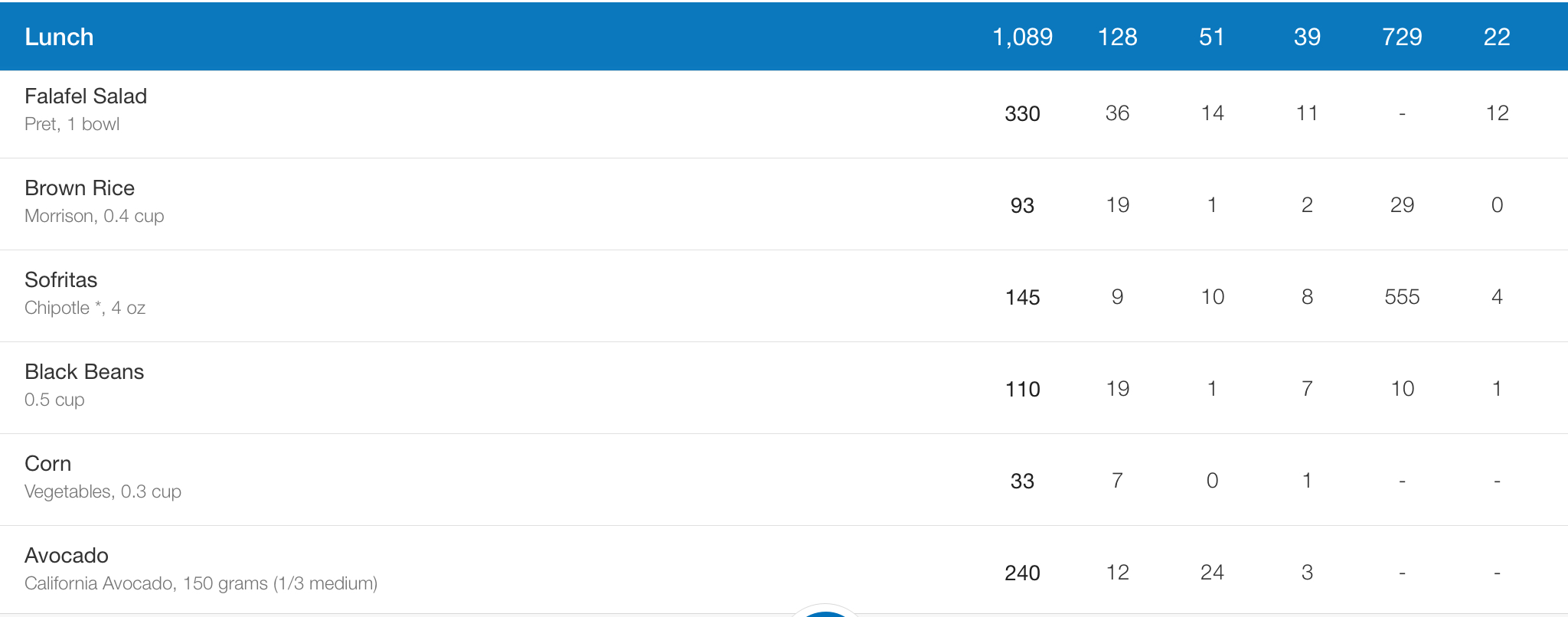
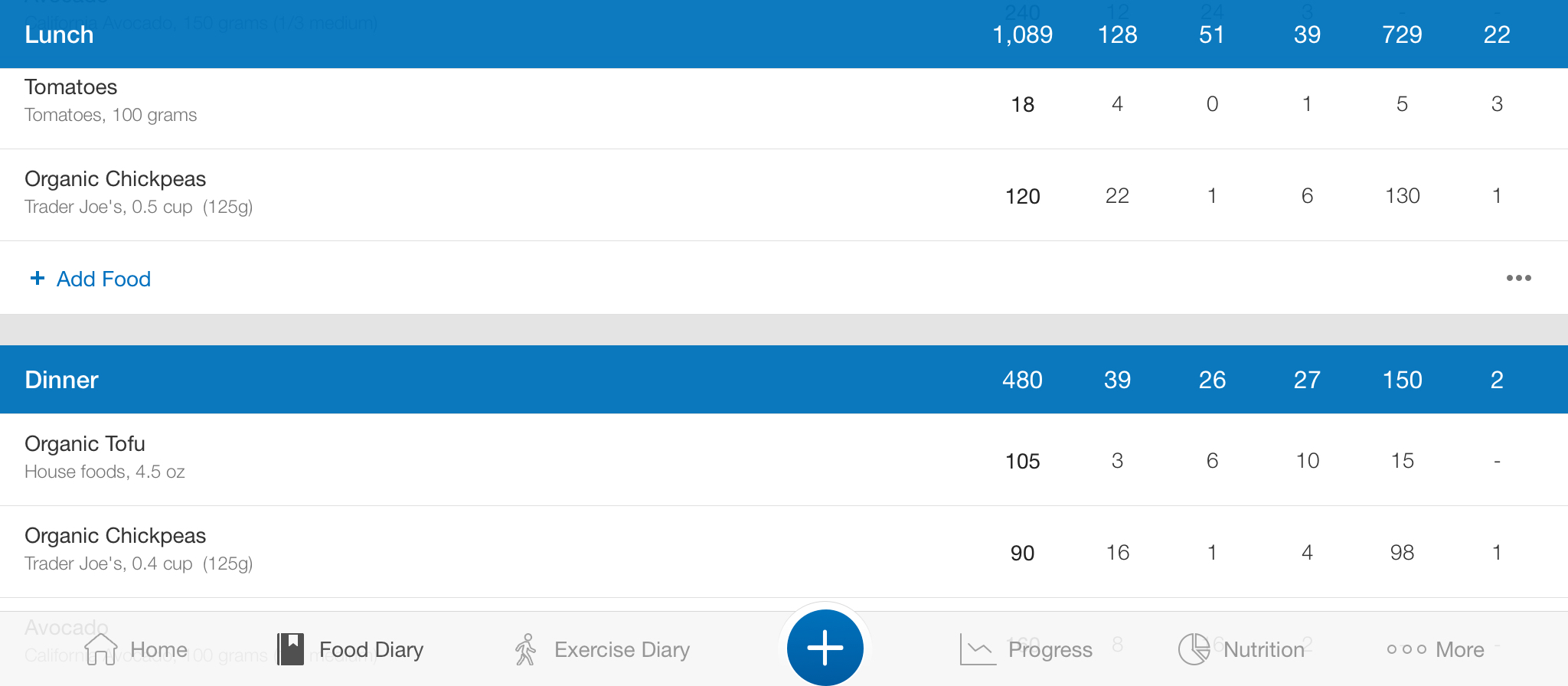
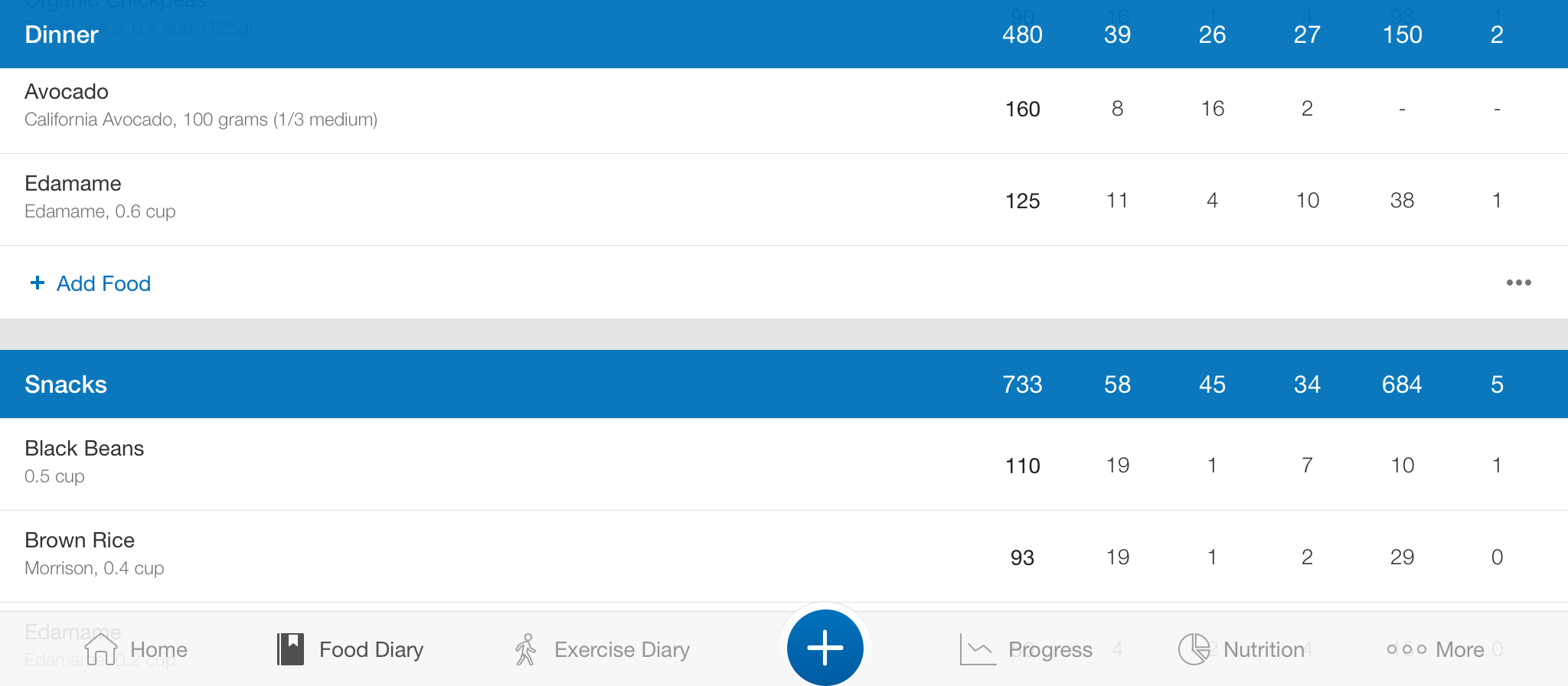

Here’s a sample meal from July 18, 2017, a non-workout day:





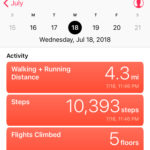
The important numbers: Workout day was about 2600 cals and 111 g protein. right around the goals. The non-work out was nearly 2100 cals and 77g protein. Not horrible, probably want the protein to be a tad higher and cals to be a little lower, even considering my walking totals from that day.
But basically I was waiting a Green-Light diet (heavy on the beans and whole grains)+ non-GMO soy (a yellow-light food).
Ok, now that you’ve got the diet and the workouts, let me clarify the goals and ground-rules and get to where I started..
Goals and Ground-Rules
- Goal: Add 5 pounds of lean body mass (muscle), measured by a DEXA scan
- Time Period: 100 days (ending 10/16/18)
- Diet: 100% Vegan.
- Muscle-Building or Protein Supplements: Zero.
- Exercise Type: Bodyweight and resistance bands only. No weights.
Now to where I began. It ain’t pretty…
Starting Point
Note For My Ego: Again, I hadn’t worked out for about 18 months. To compound that, for the first few months of My Vegan Experiment, I’d been grossly underestimating my calories. The result: the muscle-less, bag-of-skin body I was sporting.
So take that into consideration before you judge me, k?!


Two numbers to keep in mind:
- Lean Tissue. My lean tissue is at 125 pounds. That’s all the tissue I have, minus my fat which is around 18%. The goal then is to get lean tissue from 125 to over 130 pounds.
- Visceral Fat. Visceral fat (as opposed to subcutaneous fat) is the dangerous stuff. That’s the fat surrounding your organs that is linked directly to hear disease and cancers. You’ll notice, I have so little, the machine couldn’t even pick it up.
The point to gather from this is that while I might be healthy (no visceral fat), I still was carrying some body fat (subcutaneous) that makes me look worse in a my french bikini.
Ok…fine. Here’s a before picture— but I’m not doing that frowning, non-flexed shit.
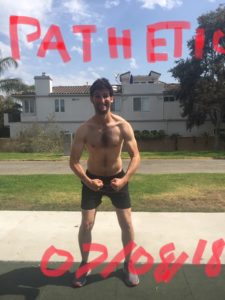
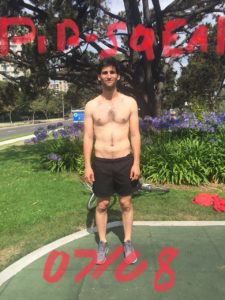
Oh dear lord…
Next week, I’ll get you the half-way update…
Until then..
Besos,
Justy


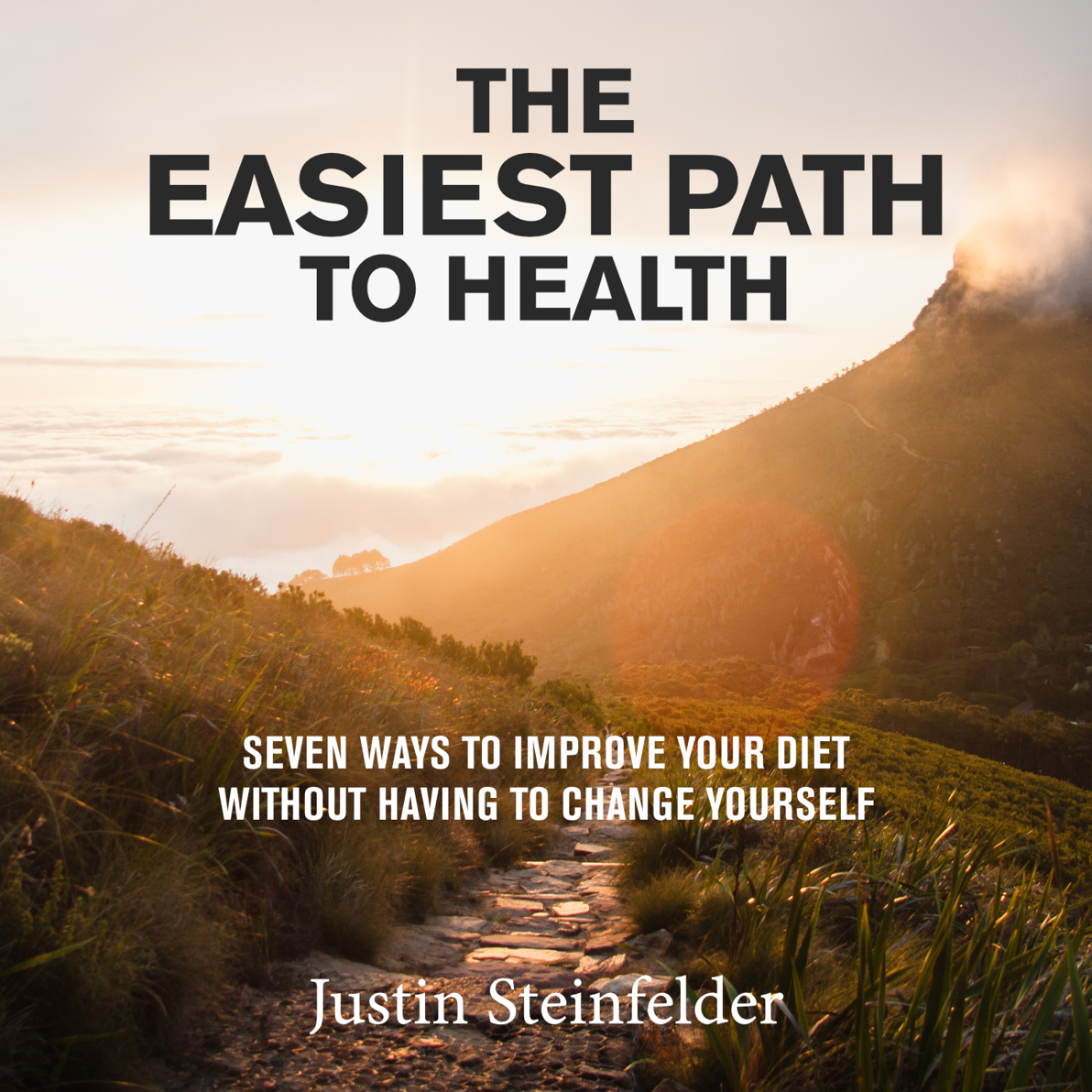

One Comment on “Project Veggie Muscles: Can Vegans Add Muscle With No Protein Supplements and No Weights?”
Well written! Excited to see results!